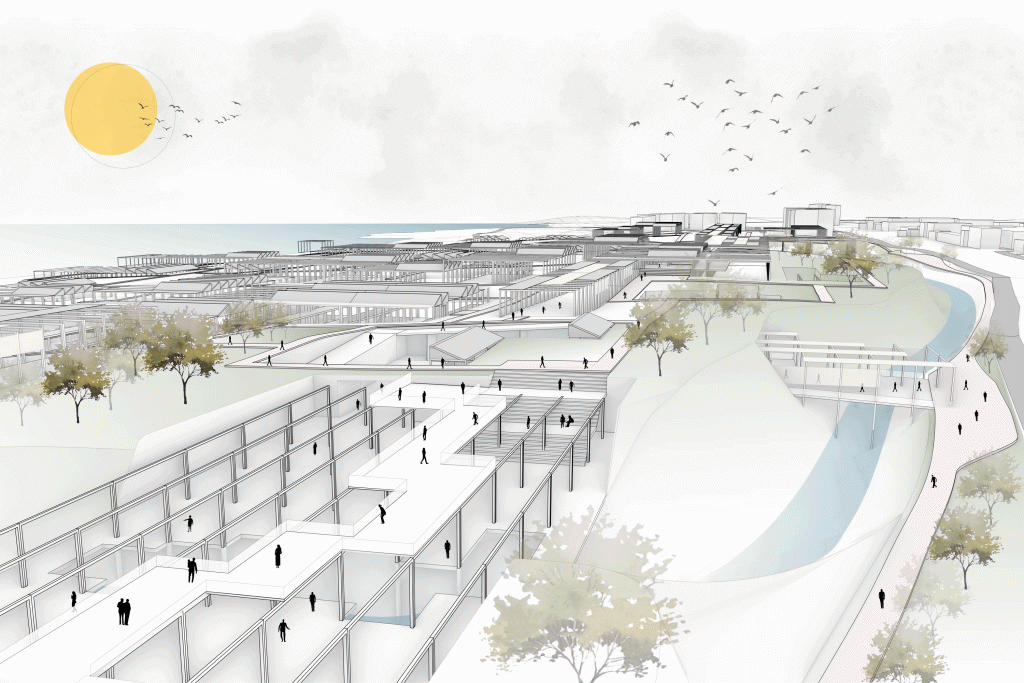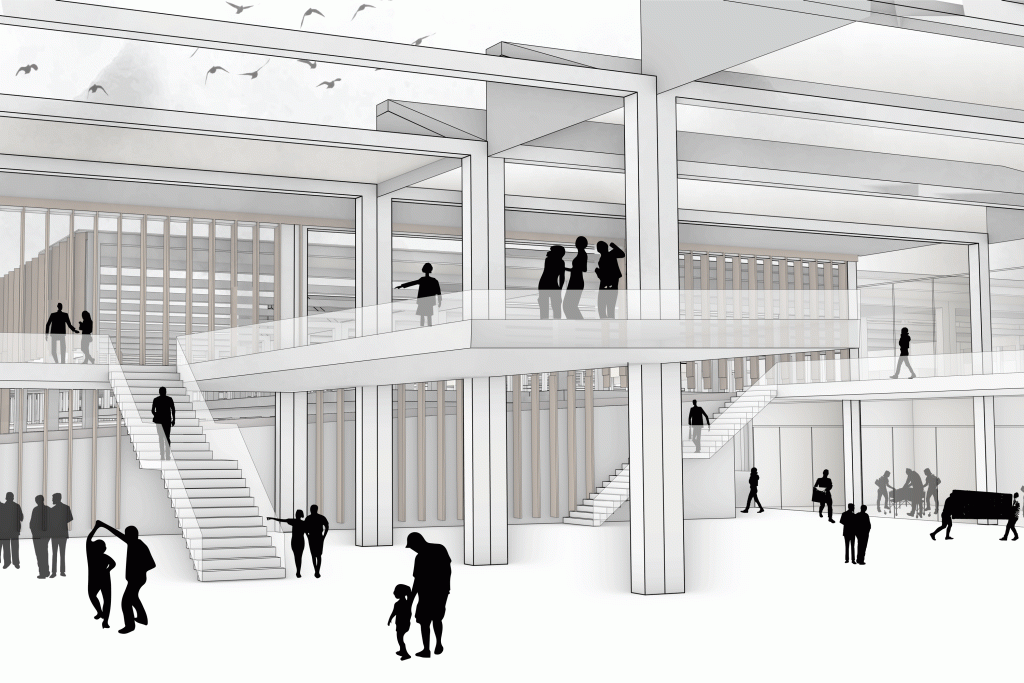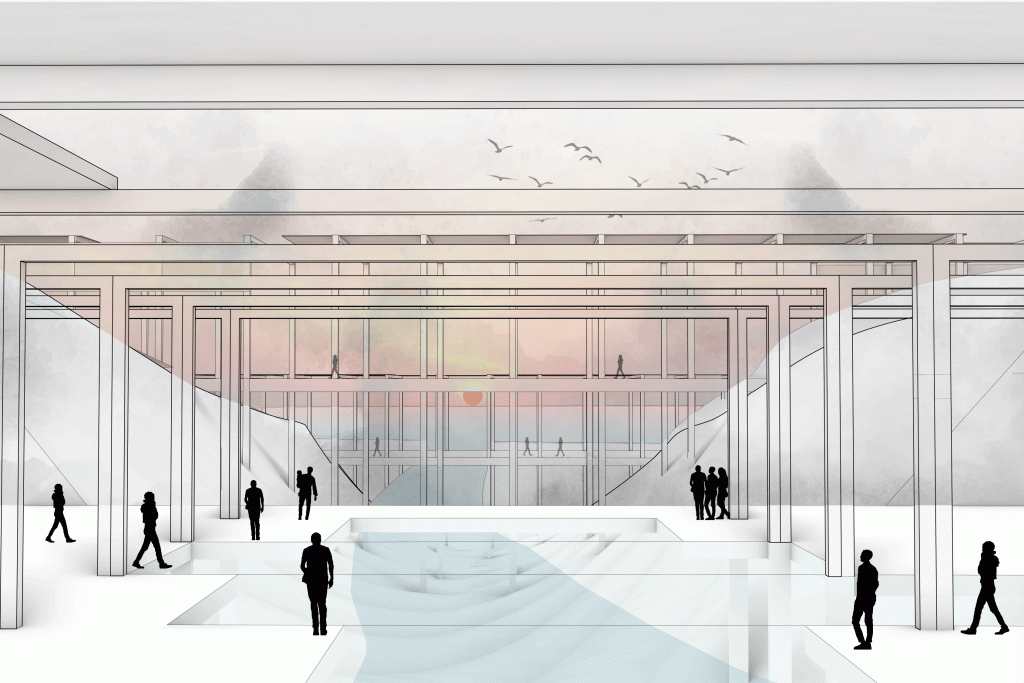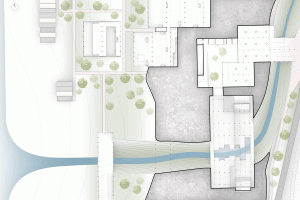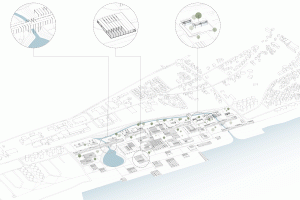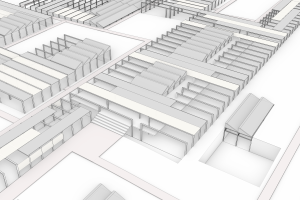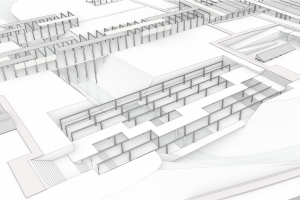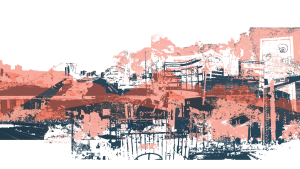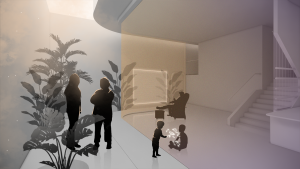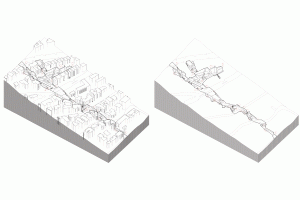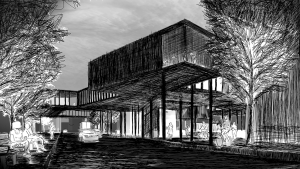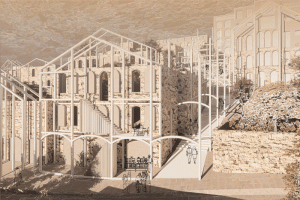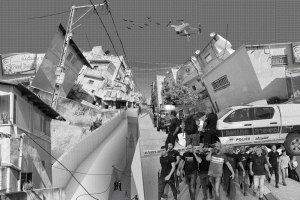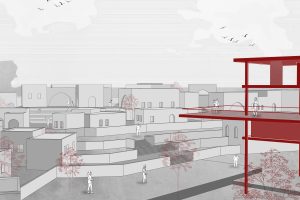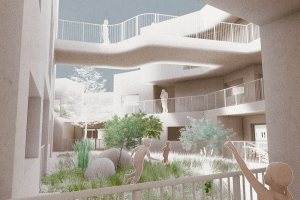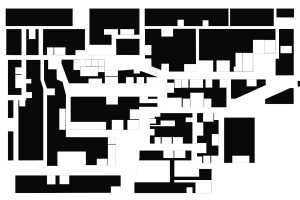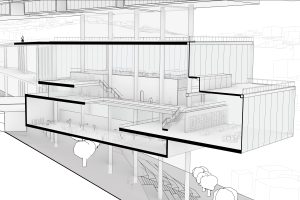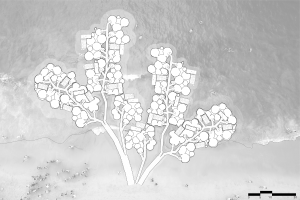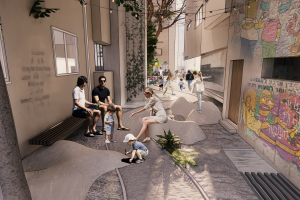Cultural ecosystem in industrial areas
Imagine a near future where production levels have stabilized and working hours have been reduced to 20 or 30 hours a week. In this world, public and diverse cultural services, essential for health and well-being, will play a central role in urban life, accessible to all. People will live longer, happier lives, enriched by a deeper connection to the natural environment.
Currently, industrial areas occupy vast spaces isolated from urban residential zones, often located on the outskirts of cities. These areas are primarily driven by production, economic growth, and profit, with little regard for broader social goals. On the one hand, they are viewed as “prosperous” zones that contribute to local economies, concentrating capital and resources that can fuel innovation and production. On the other hand, they are seen as a nuisance—functioning as the city’s “backyard,” disconnected from the urban fabric. Moreover, many of these heavy industries rely on outdated technologies that cause environmental pollution, harm ecosystems, and jeopardize the health of workers and residents.
In recent decades, there has been a global shift in developed nations, with heavy industries declining, moving out of cities, and relocating to developing countries. This trend, driven by decreased profitability and government policies promoting post-industrial economies, has widened the gap between industrial areas and urban environments. As a result, industrial buildings and factories are increasingly abandoned, turning these areas into “dead zones.” These spaces are often quickly repurposed into commercial complexes, residential neighborhoods, or other “yielding assets,” which tend to reinforce consumer culture.
However, I believe that true happiness is not rooted in material wealth but in spiritual well-being. The conversion of abandoned industrial areas into profit-driven ventures does not enrich public happiness or urban life. Instead, a reinterpretation of industrial spaces that forges a new connection between industry and culture holds the potential to bring together diverse populations from various economic backgrounds. This approach would help create a “cultural ecosystem,” enhancing the sense of well-being within the urban population.
This project aims to explore the application of this concept by re-planning the northern industrial area of Nahariya, which is currently facing increasing abandonment. The goal is to address the environmental damage by rehabilitating the space and healing the pollution left behind by the industrial plants. Through this transformation, the project seeks to create a vibrant, culturally enriching environment that fosters a deeper sense of happiness and connection among city residents.




